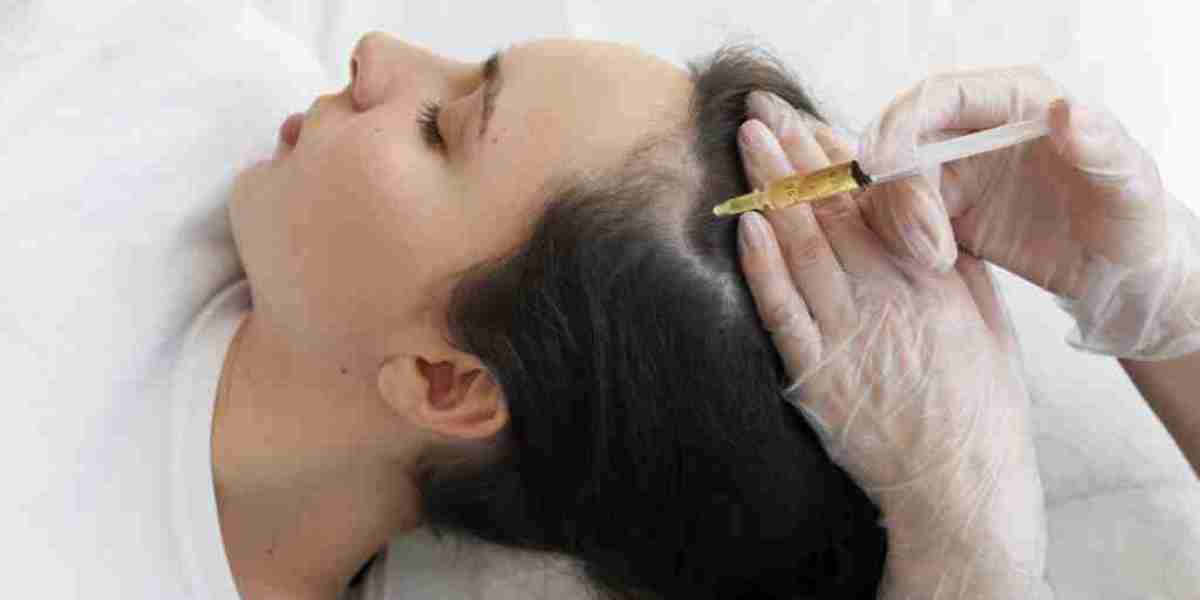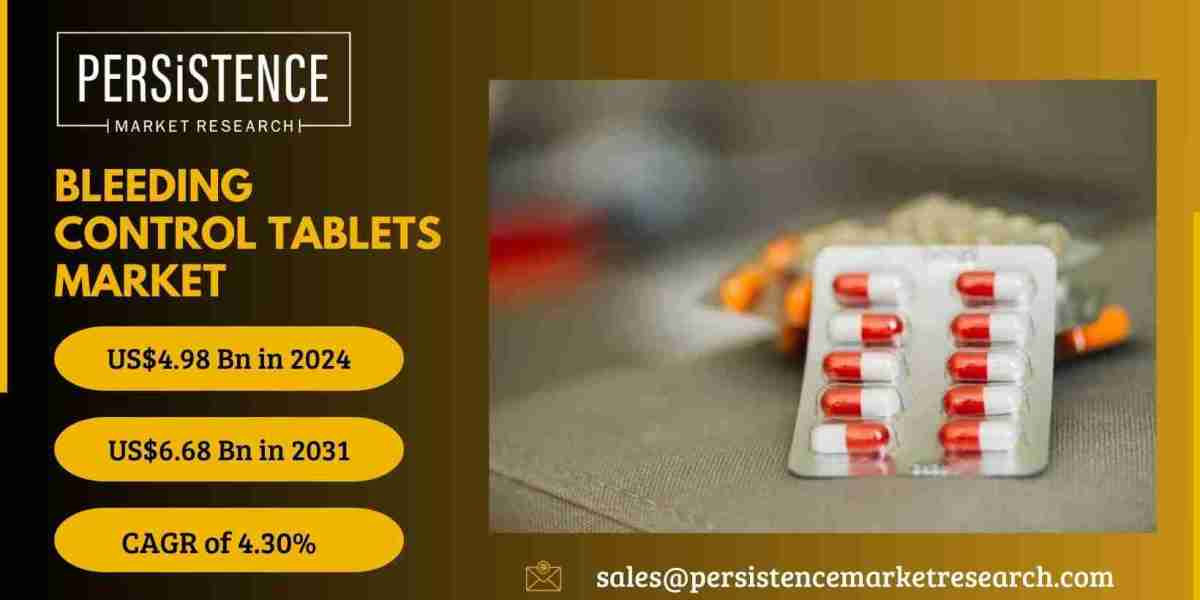Understanding Hair Loss
To comprehend the significance of PRP hair treatment, it's crucial to first understand the underlying causes of hair loss. Hair loss, medically known as alopecia, can occur due to various factors such as genetics, hormonal imbalances, aging, stress, and medical conditions.
This section will explore these factors in detail, shedding light on why hair loss occurs and who might benefit from PRP therapy.
Genetics and Hair Loss
Genetics play a pivotal role in determining an individual's susceptibility to hair loss. Research has identified specific genes associated with male and female pattern baldness, making some individuals more prone to hair thinning and balding as they age.
Understanding the genetic predisposition to hair loss can help individuals assess their risk and explore suitable treatment options like PRP therapy.
Hormonal Imbalances
Hormonal imbalances, particularly an excess of dihydrotestosterone (DHT), can contribute to hair follicle miniaturization and eventual hair loss. Conditions such as polycystic ovary syndrome (PCOS) and thyroid disorders can disrupt hormone levels, leading to hair thinning and shedding. This subsection will delve into the role of hormones in hair health and how hormonal imbalances can impact hair growth.
Aging and Hair Thinning
As individuals age, the hair follicles undergo changes that affect their growth cycle and density. The gradual decrease in hair follicle size and activity can result in thinner, weaker hair strands that are more prone to shedding.
Age-related factors such as reduced blood circulation to the scalp and diminished nutrient supply can exacerbate hair thinning, making interventions like PRP therapy appealing for rejuvenating aging hair follicles.
Stress and Hair Loss
Chronic stress can wreak havoc on the body's hormonal balance, leading to hair loss in susceptible individuals. The physiological stress response, characterized by increased cortisol levels, can disrupt the hair growth cycle and trigger excessive shedding.
This section will explore the link between stress and hair loss, emphasizing the importance of stress management in maintaining healthy hair.
Medical Conditions and Hair Loss
Certain medical conditions and treatments, such as autoimmune disorders, chemotherapy, and alopecia areata, can cause hair loss as a side effect.
Understanding the impact of these conditions on hair health is essential for individuals undergoing medical treatments or managing chronic health issues. PRP therapy offers a potential solution for mitigating hair loss associated with medical conditions, providing hope for patients facing hair-related challenges.
The Science Behind PRP Hair Treatment
Now that we've established the factors contributing to hair loss, let's delve into the science behind PRP hair treatment and how it addresses the root causes of alopecia.
Platelet-Rich Plasma (PRP)
Platelet-rich plasma (PRP) is a concentrated serum derived from the patient's own blood, rich in growth factors and cytokines essential for tissue repair and regeneration. This subsection will elucidate the process of extracting PRP from blood samples and the biological components responsible for its therapeutic effects.
Mechanism of Action
PRP hair treatment harnesses the regenerative properties of platelets to stimulate hair follicle growth and improve hair density. The growth factors present in PRP, including platelet-derived growth factor (PDGF) and vascular endothelial growth factor (VEGF), promote angiogenesis, collagen production, and stem cell activation in the scalp. By enhancing blood circulation and revitalizing dormant hair follicles, PRP therapy rejuvenates the scalp environment and fosters hair regrowth.
Administration of PRP Treatment
The PRP hair treatment process involves several steps, including blood collection, centrifugation, and injection or microneedling of the PRP serum into the scalp. This subsection will outline the procedural aspects of PRP therapy, highlighting the importance of proper technique and patient selection for optimal results.
Treatment Protocol and Frequency
The frequency and duration of PRP hair treatment sessions may vary depending on individual needs and treatment goals. Typically, patients undergo an initial series of treatments spaced several weeks apart, followed by maintenance sessions to sustain the results.
This section will provide insights into the recommended treatment protocols and the expected timeline for visible improvements in hair growth.
Benefits of PRP Hair Treatment
PRP therapy offers a multitude of benefits for individuals seeking non-invasive solutions for hair restoration. From its natural approach to stimulating hair growth to its minimal downtime and versatility, PRP treatment has emerged as a preferred option for both men and women battling hair loss.
Natural Hair Restoration
Unlike surgical hair transplant procedures, PRP therapy harnesses the body's innate healing mechanisms to stimulate hair follicle regeneration. This subsection will highlight the natural approach of PRP treatment, emphasizing its compatibility with the body's physiology and minimal risk of adverse reactions.
Improved Hair Density and Thickness
One of the primary objectives of PRP hair treatment is to enhance hair density and thickness in areas affected by hair loss or thinning. The growth factors present in PRP promote the proliferation of dermal papilla cells and prolong the anagen (growth) phase of the hair cycle, resulting in thicker, healthier hair strands. This section will discuss the mechanisms underlying PRP-induced improvements in hair quality and texture.
Scalp Health and Circulation
Beyond stimulating hair growth, PRP therapy has positive effects on scalp health and microcirculation. By promoting angiogenesis and collagen synthesis, PRP injections rejuvenate the scalp tissue, improve nutrient delivery to the hair follicles, and create an optimal environment for hair regrowth. This subsection will explore the role of PRP in enhancing scalp circulation and combating scalp conditions associated with hair loss.
Non-Invasive and Low Risk
PRP hair treatment is a minimally invasive procedure that carries minimal risk of complications or side effects. Since the PRP serum is derived from the patient's own blood, the likelihood of allergic reactions or rejection is significantly reduced. This section will address common concerns regarding the safety and efficacy of PRP therapy, reassuring readers of its low-risk profile and high patient satisfaction rates.
FAQs About PRP Hair Treatment
Q: Is PRP hair treatment suitable for all types of hair loss?
A: PRP hair treatment is most effective for individuals with early-stage hair loss or thinning, particularly those with androgenetic alopecia (male or female pattern baldness). While PRP therapy can stimulate hair regrowth in various types of alopecia, its efficacy may vary depending on the underlying cause and extent of hair loss.
Q: How soon can I expect to see results from the PRP hair treatment?
A: The timeline for visible results from PRP hair treatment varies from person to person, but most patients start noticing improvements in hair density and texture within 2 to 3 months of initiating treatment. Full results typically manifest after completing a series of PRP sessions and may continue to improve over time with maintenance treatments.
Q: Are there any side effects or downtime associated with PRP hair treatment?
A: PRP hair treatment is well-tolerated by most individuals and typically involves minimal downtime. Some patients may experience mild redness, swelling, or discomfort at the injection sites immediately after treatment, but these side effects usually subside within a few days. Serious complications are rare, making PRP therapy a safe and convenient option for hair restoration.
Q: How long do the effects of PRP hair treatment last?
A: The longevity of results from PRP hair treatment depends on various factors, including individual response to treatment, underlying health conditions, and lifestyle factors. With proper maintenance and follow-up sessions, many patients experience sustained improvements in hair density and quality for up to 1 to 2 years or longer.
Q: Can PRP hair treatment be combined with other hair restoration therapies?
A: Yes, PRP hair treatment can complement other hair restoration therapies such as topical minoxidil, oral finasteride, and low-level laser therapy (LLLT). Combining PRP therapy with adjunctive treatments may enhance the overall efficacy and longevity of results, particularly for individuals with advanced or stubborn hair loss.
Q: Is PRP hair treatment covered by insurance?
A: In most cases, PRP hair treatment is considered a cosmetic procedure and is not covered by insurance. However, some clinics offer financing options or payment plans to make PRP therapy more accessible to patients. It's advisable to consult with a healthcare provider or financial coordinator to explore potential payment arrangements.
Conclusion
In conclusion, PRP hair treatment offers a revolutionary approach to combating hair loss and promoting hair regrowth naturally. By harnessing the regenerative potential of platelet-rich plasma, this innovative therapy rejuvenates dormant hair follicles, improves scalp health, and enhances hair density and thickness. With its minimal downtime, low risk, and long-lasting results, PRP therapy has become a popular choice for individuals seeking effective solutions for hair restoration.



